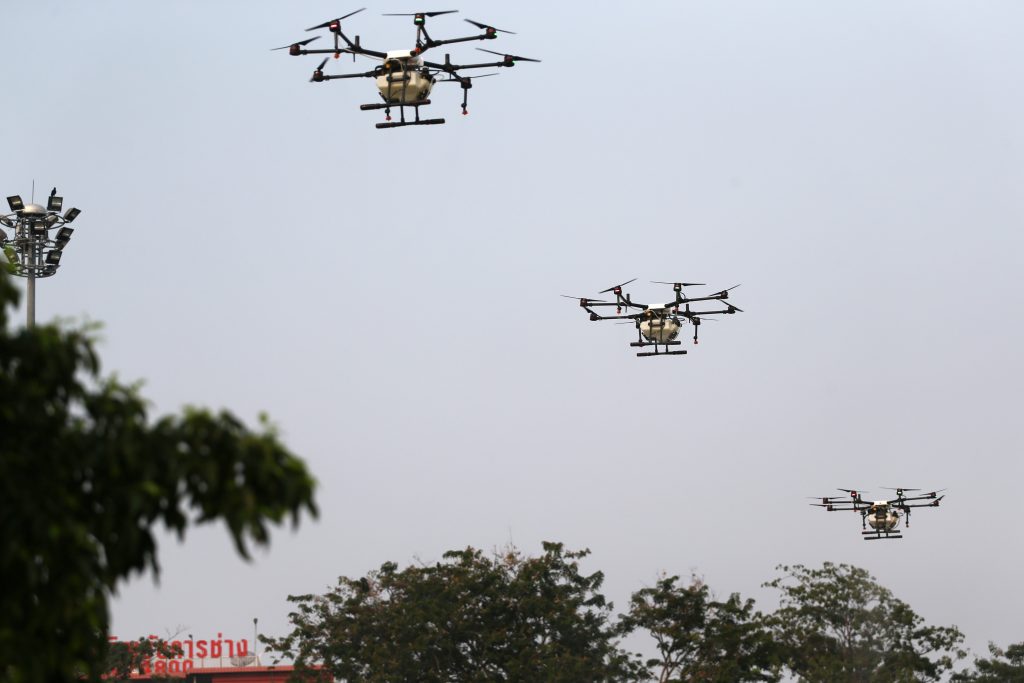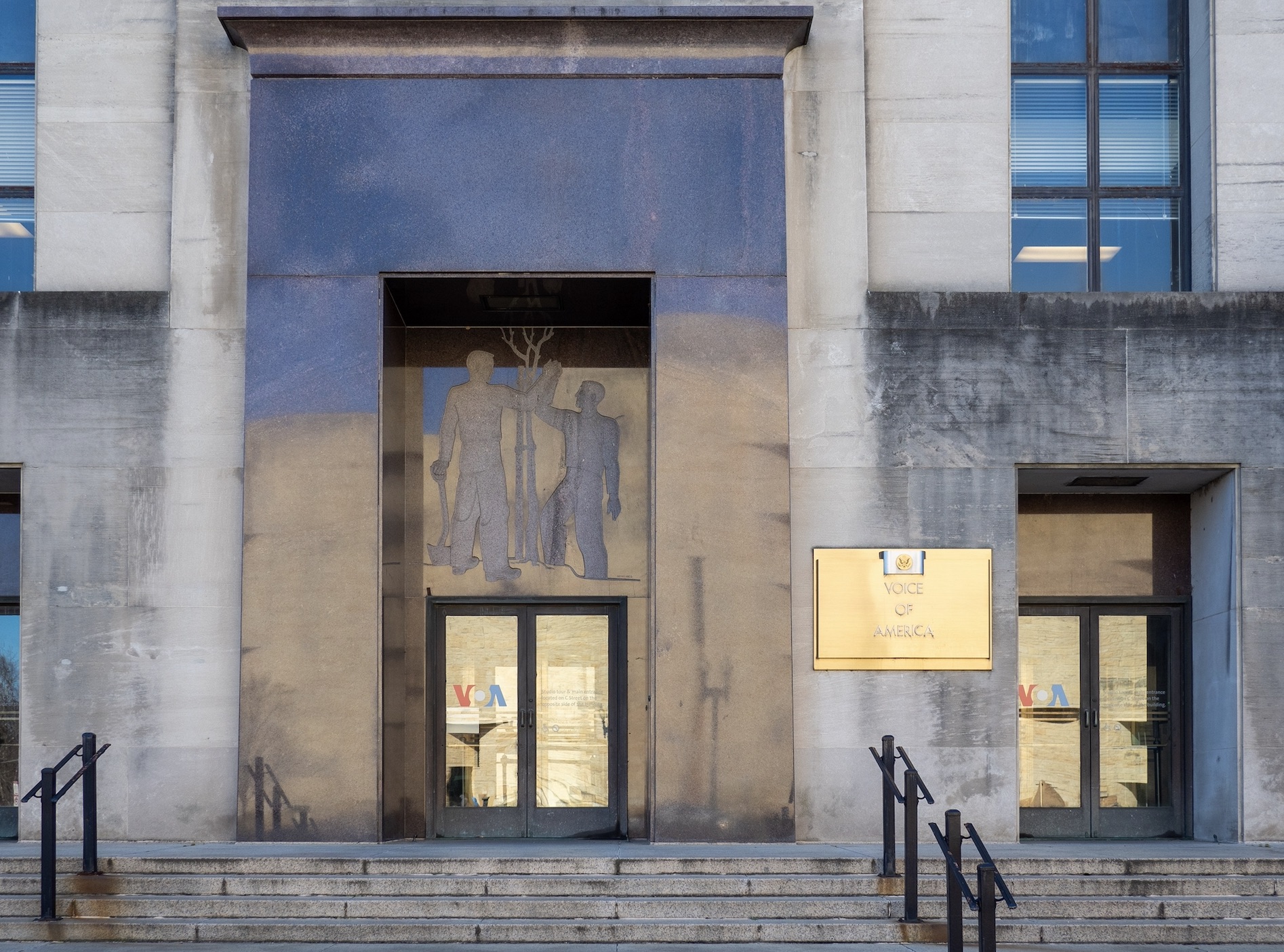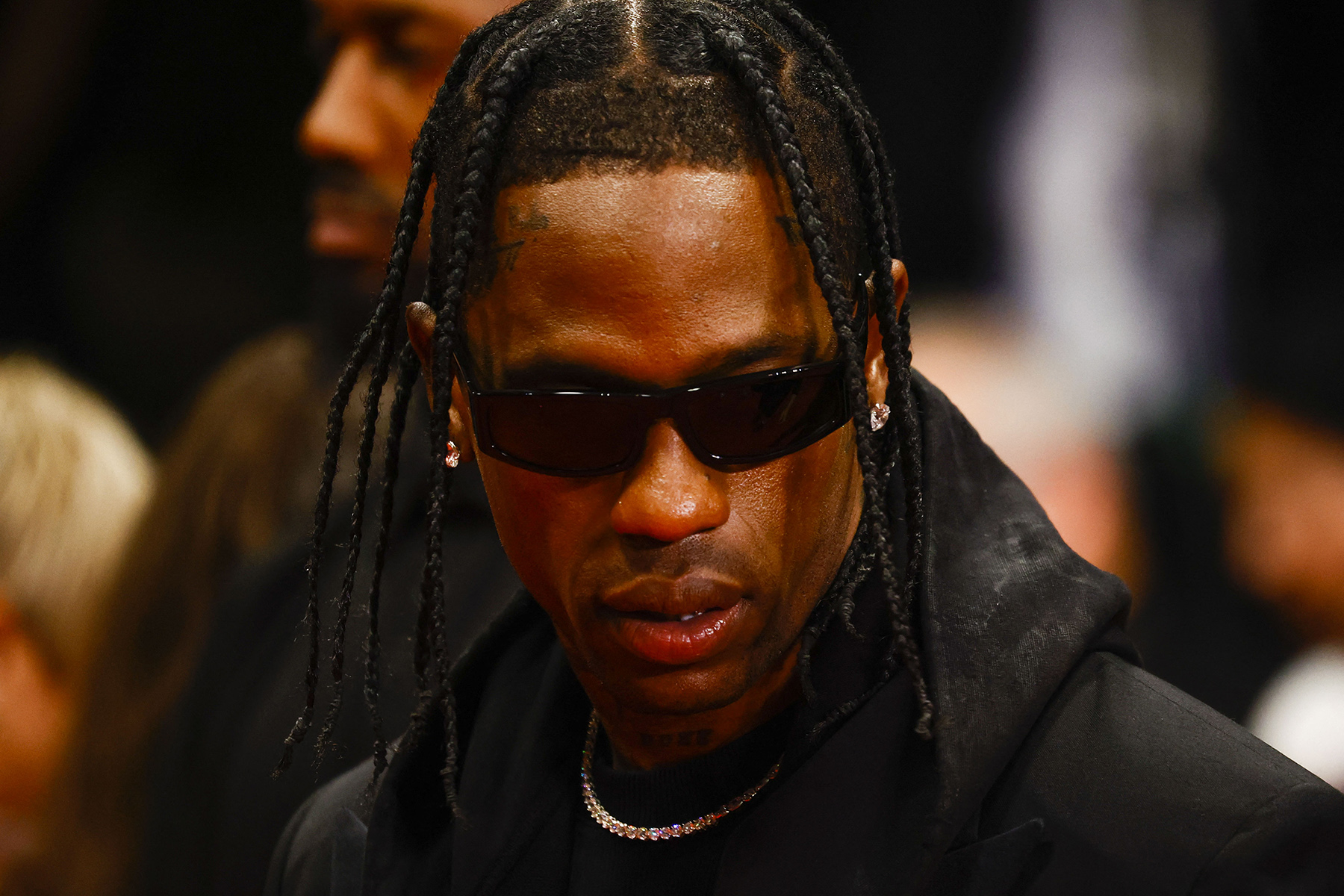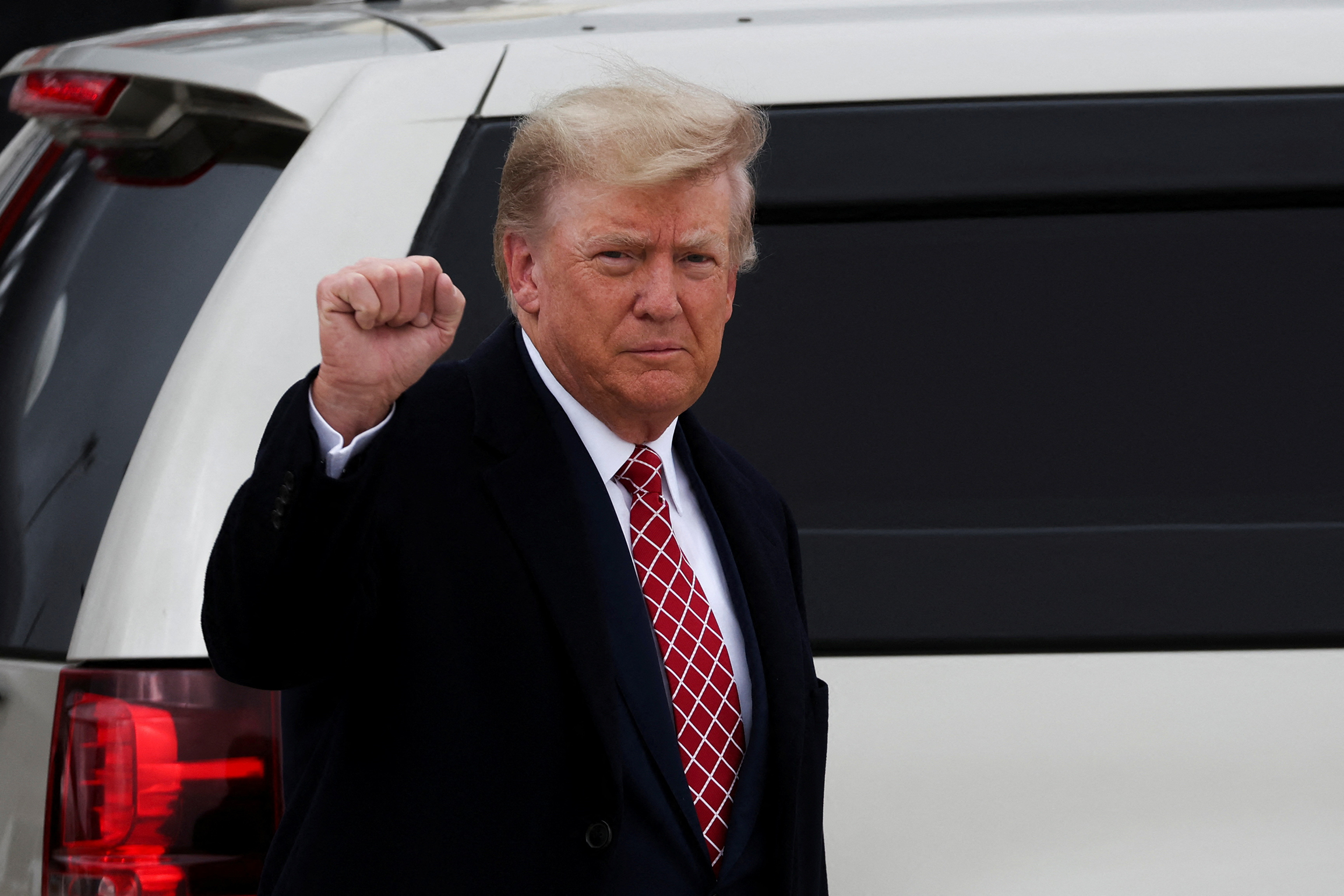The National Press Photographer’s Association (NPPA), the Texas Press Association (TPA), and an independent journalist filed a lawsuit in the United States District Court for the Western District of Texas challenging the constitutionality of a section of Texas law that criminalizes the use of drone film and photography in certain locations.
The state law prohibits a person from piloting a drone above jails, petroleum refineries, sports arenas, among other specified facilities with the “intent to conduct surveillance on the individual or property captured in the image.” The law lists 21 exceptions to this rule, including policing efforts, academics pursuing scholarly research, and use by military personnel, but there are no exemptions in the law for journalists.
By providing over 21 content and speaker-based exemptions from criminal and civil liability and not extending those same exemptions to visual journalists and newsgatherers, the law effectively “imposes content and speaker based restrictions on protected speech and newsgathering activity,” the lawsuit argues.
The complaint also criticizes the law for failing to provide clear and specific language that would distinguish between protected and unprotected expression. “Section 423.003 prohibits the use of drones with the intent to conduct ‘surveillance,’ but provides no definition for the ‘surveillance’ conduct it proscribes. The lack of any statutory definition leaves journalists, citizens, and law enforcement unable to distinguish legal from illegal conduct, thus exposing those using drones for First Amendment-protected activity to potential prosecution and self-censorship.”
Furthermore, because the Federal Aviation Administration has banned the flying of unmanned aviation vehicles above 400 feet, and the Texas law bans the flying of those same devices below 400 feet, the plaintiffs argue that the Texas regulations amount to “a near absolute ban” on drone use in specified places.
Consequences for breaking the law are steep. “Capturing an image in violation of this law could mean $5,000 civil penalty, and possessing such an image is a Class C misdemeanor. A photographer displaying or distributing those images – a class B misdemeanor – can be sued for another $10,000,” according to Courthouse News.
Such fees have made it difficult for journalists to incorporate drone imagery in their news stories . The complaint uses the example of a visual journalist named Guillermo Calzada (not the independent journalist who is suing, but a member of the NPPA). After police stopped Calzada from using his drone to report on a deadly arson fire, citing the Texas law, Calzada has become more hesitant to use drones in his reporting.
“Laws that regulate protected expressive conduct violate the First Amendment if they inevitably single out those engaging in protecting speech or impose incidental restrains on protected speech without sufficient justification,” the suit argues. “The No-Fly Provisions inevitably single out journalists for disfavored treatment by prohibiting the use of drones for newsgathering purposes over facilities of public interest…”
The plaintiffs request that the court issue a declaratory judgement that the Texas law violates their First and Fourteenth Amendment rights, strike down the problematic sections, and award them reasonable attorney fees. They are represented by Yale Law School’s Media Freedom and Information Access Clinic, Public Justice, and Jim Hemphill of Austin law firm, Graves Dougherty Hearon & Moody.
Courthouse News Complaint Texas Law
Tags




